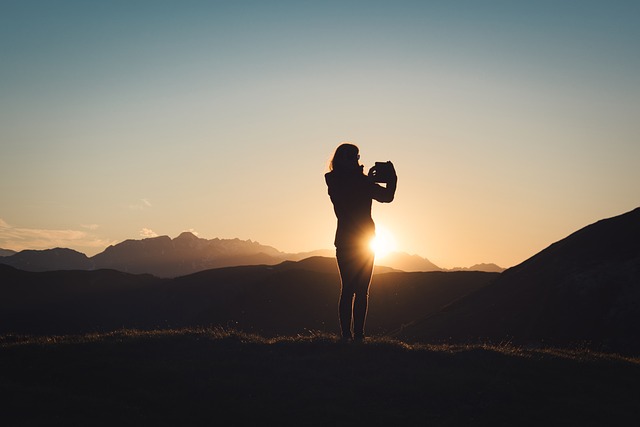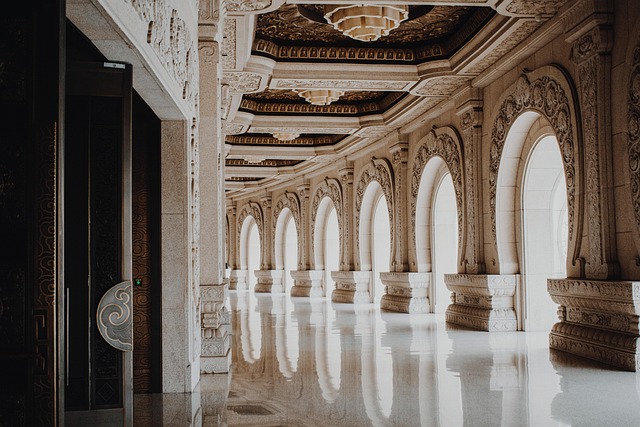Discovering the Wide World Through a Lens
There’s something deeply immersive about stretching a single image across a broad horizon. For every lens enthusiast, panorama photography taps into an instinctual desire: to see more, to capture more, to preserve a moment in its full context. Forget the confined frame and step into a world where width and depth become visual poetry.
Understanding the Power of the Photo
Each photo tells a story, but panoramic shots whisper epics. Whether it’s the sweeping gesture of mountain ranges, the rhythmic horizon of a city skyline, or the gentle glide of an ocean’s edge, panoramic photographs invite viewers to linger. There’s an emotional resonance in seeing the broader picture—literally.
When holding your camera—whether it’s a DSLR with a top-tier optic or a smartphone with competent software—you’re not just composing a shot. You’re orchestrating an experience. And in panorama photography, precision, patience, and perspective are everything.
The Heart of Photography Meets the Science of Optics
To truly master panoramic visuals, one must understand optics. The lens is your eye’s extension, interpreting light, distance, and curvature. Wide-angle lenses offer the viewer a more inclusive scene, though they often come with distortion challenges. That’s where lens correction and panoramic stitching software become crucial allies.
Utilizing high-quality glass ensures less chromatic aberration, better edge sharpness, and more accurate color rendition. And as any lens aficionado knows, the better your optics, the more faithfully you reproduce the environment before you.
Camera Techniques for Seamless Panoramas
While shooting, stability is key. Use a tripod with a panoramic head for even panning and maintain consistent exposure across frames. Many modern cameras have built-in panorama modes, but manual shooting combined with post-processing often grants better results and greater creative control.
It’s essential to overlap each frame by at least 30% to ensure seamless stitching. Locking your exposure and focus settings avoids inconsistencies between frames, and using a narrow aperture helps keep everything in sharp detail. Remember, panorama photography is as technical as it is artistic—it’s a balancing act of gear and intuition.
Expanding Your Vision Through a Curated Lens
For those truly passionate about lenses, panoramic images are a playground. They challenge your understanding of focal length, push your composition skills, and expand your visual vocabulary. Choosing the right lens depends not just on your subject but your perspective. A telephoto panorama compresses and enchants, while an ultra-wide informs and ignites a sense of scale.
Ultimately, panorama photography isn’t just about capturing more—it’s about capturing meaning across distance, light, and time. It’s the lens enthusiast’s ode to seeing not just differently, but more completely.




